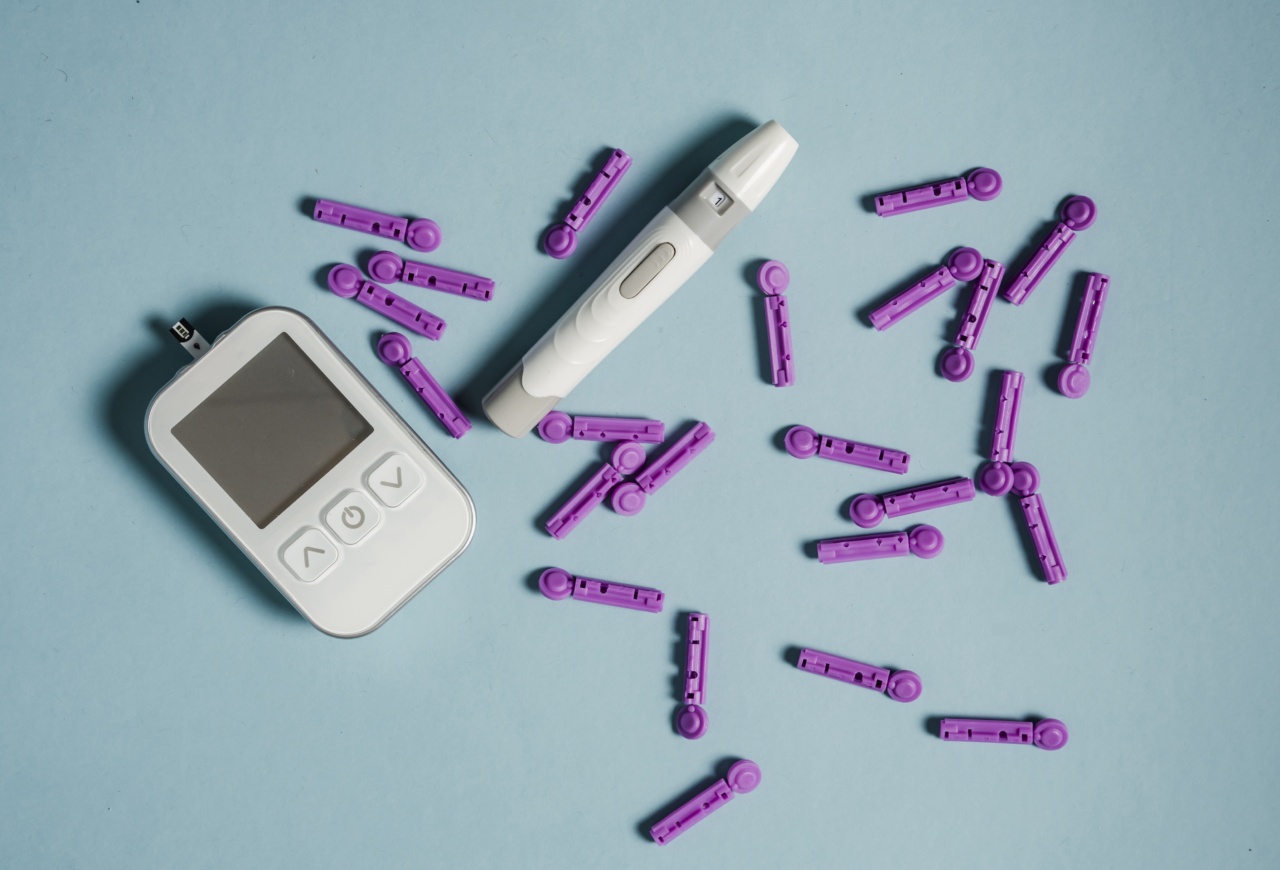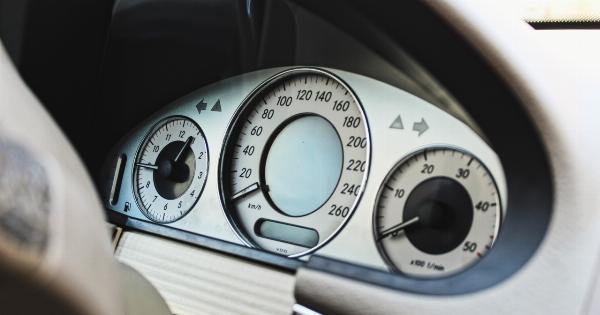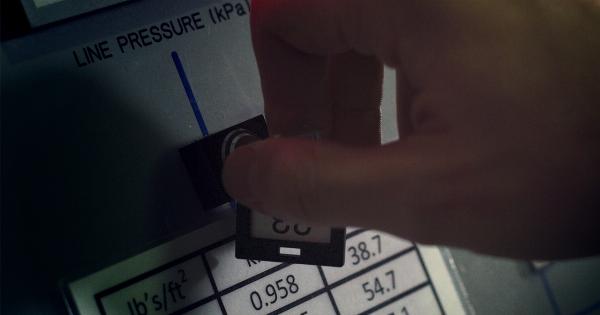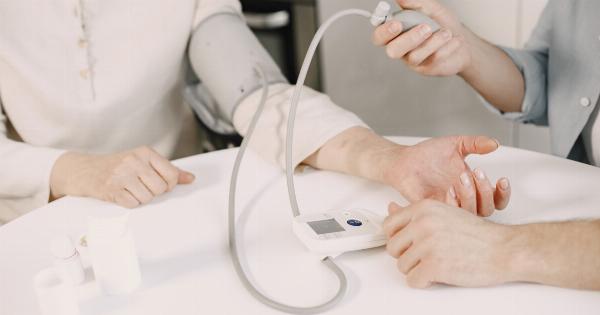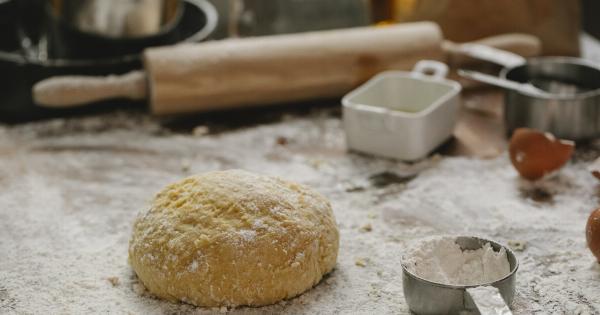Pressure is a fundamental parameter that impacts a wide range of processes and systems across different industries.
Whether you are measuring the pressure of a fluid in a pipeline, monitoring the blood pressure of a patient, or gauging the stress and strain on structural components, accurate pressure measurement is crucial for ensuring safety, efficiency, and compliance. In this article, we will explore four essential tips for mastering pressure measurements and optimizing your results.
Understand the basics of pressure measurement
The first step to mastering pressure measurement is to develop a clear understanding of the underlying principles and units of measurement.
Pressure is defined as the force per unit area exerted by a gas or liquid on the walls of its container or any submerged object. Mathematically, pressure can be expressed as P=F/A, where P is pressure, F is force, and A is area. The SI unit for pressure is Pascal (Pa), which is equivalent to N/m2. Other common units of pressure include bar, psi, mmHg, and atm.
There are different types of pressure measurement techniques, including absolute pressure, gauge pressure, differential pressure, and hydrostatic pressure.
Absolute pressure is the total pressure above the absolute zero pressure, and it is measured with respect to an absolute reference. Gauge pressure, on the other hand, is the pressure relative to atmospheric pressure, and it is commonly used for measuring fluid pressure in pipes, tanks, and vessels.
Differential pressure is the difference in pressure between two points in a system or between two systems, and it is used for measuring flow, level, and filter clogging. Hydrostatic pressure is the pressure exerted by a fluid due to its weight, and it is measured by the height of a fluid column above a reference point.
Select the right pressure sensor for your application
The choice of pressure sensor plays a critical role in the accuracy, reliability, and performance of a pressure measurement system. There are many types of pressure sensors available in the market, each with its own advantages and limitations.
Some of the common types of pressure sensors include piezoresistive, capacitive, resonant, piezoelectric, and strain gauge sensors.
Piezoresistive sensors use changes in electrical resistance due to pressure-induced deformation of a sensitive material, such as silicon, to sense pressure.
Capacitive sensors measure changes in capacitance due to the deflection of a diaphragm by pressure. Resonant sensors use changes in the natural frequency of a vibrating element due to the added mass of a diaphragm under pressure. Piezoelectric sensors generate electrical charges due to the deformation of a crystal under pressure.
Strain gauge sensors use changes in resistance due to the stretching of a thin metallic wire or foil attached to a diaphragm or beam subjected to pressure.
The choice of pressure sensor depends on various factors, such as the pressure range, the accuracy requirement, the ambient conditions, the response time, and the cost.
For example, piezoresistive sensors are widely used for high-accuracy applications in harsh environments, such as oil and gas, aerospace, and automotive industries, while capacitive sensors are preferred for low-pressure applications with high sensitivity and stability, such as medical and scientific instruments.
Calibrate your pressure measurement system regularly
Calibration is the process of comparing the output of a measurement device with a known reference or standard to verify its accuracy and correct any deviations.
Regular calibration of pressure measurement systems is crucial for ensuring consistent, reliable, and traceable results, as well as complying with quality and safety standards. The frequency of calibration depends on various factors, such as the stability of the measurement system, the criticality of the application, the environmental conditions, and the regulatory requirements.
Calibration can be performed using different methods, such as deadweight testers, pressure balances, traceable references, or calibration software.
Deadweight testers use calibrated weights to apply a known pressure to a piston-cylinder assembly, which is then used to calibrate the pressure sensor. Pressure balances use a known reference pressure on one side of a piston-cylinder assembly and an adjustable pressure on the other side to apply a variable pressure to the pressure sensor.
Traceable references use certified standards, such as bourdon tubes or digital gauges, to provide a known pressure value, which is used to verify the accuracy of the pressure sensor. Calibration software uses mathematical models of the pressure sensor to simulate its behaviour under different conditions and correct any systematic errors or drifts.
Implement proper installation and maintenance practices
The proper installation and maintenance of a pressure measurement system are essential for ensuring its longevity, reliability, and accuracy.
Improper installation or maintenance can lead to leaks, contamination, mechanical damage, or electrical interference, which can compromise the integrity and performance of the pressure sensor and the associated equipment. Some of the best practices for installation and maintenance of pressure measurement systems are:.
